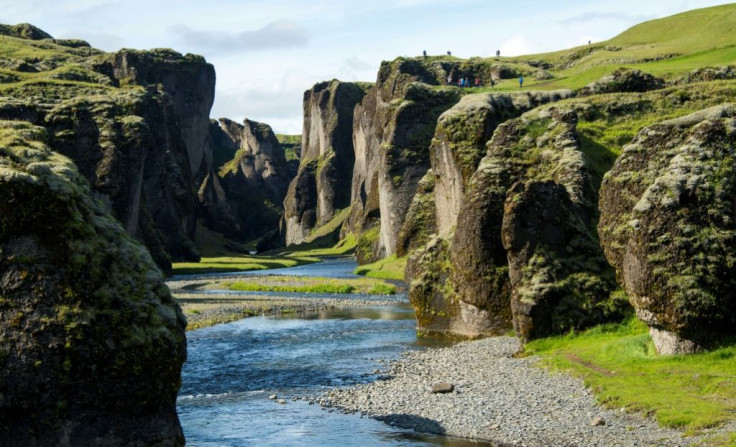Mysterious Iceland Earthquake Swarm Hits 9,000 In Less Than 2 Weeks
KEY POINTS
- The earthquake swarm in Iceland has already reached 9,000
- The earthquakes might have been caused by geothermal production
- The earthquake swarm could be related to Iceland's most active volcano
The number of earthquakes detected in Iceland has already increased to 9,000. The series of earthquakes began as scientists in the country reported signs of activity from Iceland’s most active volcano.
In its latest report, the Icelandic Meteorological Office (IMO) noted that it had detected a total of 9,000 earthquakes as of June 29. According to the agency, the earthquake swarm began on June 19 in areas northeast of Siglufjörður, which is a fishing town located on the northern coast of Iceland. Three of the earthquakes detected by the agency had magnitudes of over five.
“The earthquake swarm began on 19th of June,” the IMO stated in a report. “Around 9000 earthquakes have been detected, three of which measured greater than magnitude 5. The largest was on Sunday at 19:07 of M5.8 around 30 km [north northeast] of Siglufjörður. Other earthquakes above M5.0 were M5.6 and M5.4 and were located around 20 km [northeast] of Siglufjörður.”
The IMO believes that more earthquakes are expected to occur in the region within the next couple of days or weeks.
The agency stated that it is still looking into possible explanations regarding the cause of the earthquake swarm. Kristín Jónsdóttir, the IMO’s Earthquakes Hazards Officer, stated that the unusual seismic activity might have been caused by geothermal production since the affected areas are near a geothermal power plant, Newsweek reported.
Another possible theory suggests that the earthquakes are being caused by Grimsvotn, which is Iceland’s most active volcano. Located on the northwestern side of the Vatnajokull ice cap, the volcano has been showing increased signs of activity since January of this year.
According to the IMO, scientists recently detected high levels of sulfur dioxide coming from the volcano, which indicates the presence of magma beneath Grimsvotn. They believe that the earthquake swarm and Grimsvotn’s status point to a possible volcanic eruption.
“This is the first time that we measure so much [sulfur dioxide] at a volcano in Iceland that is not in an eruptive phase and its presence is indicative of magma at shallow level,” Melissa Anne Pfeffer of the IMO said in a statement.

© Copyright IBTimes 2024. All rights reserved.





















